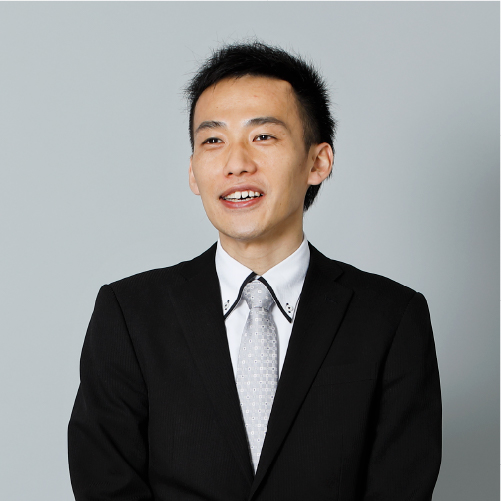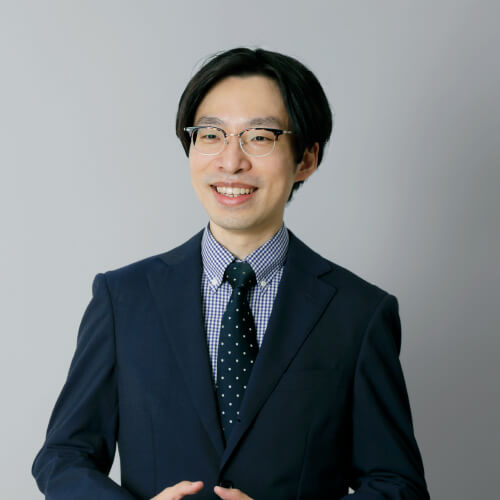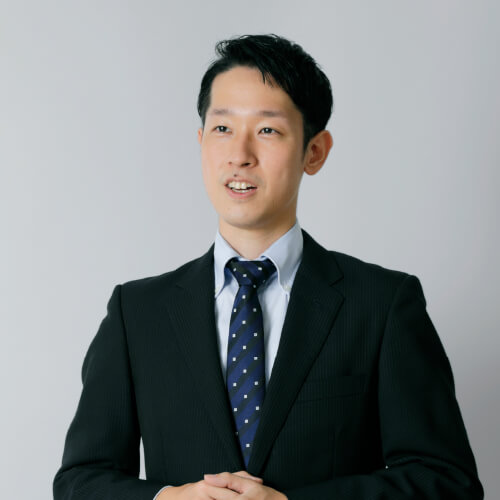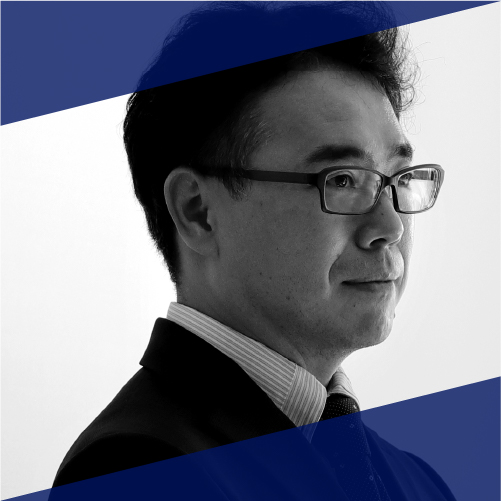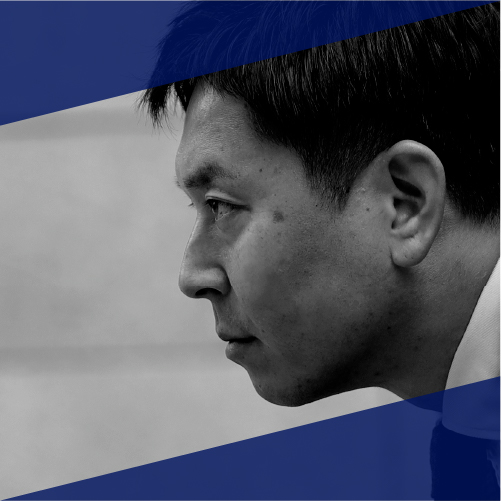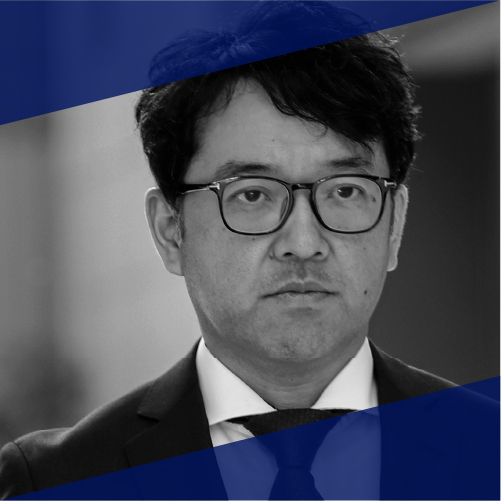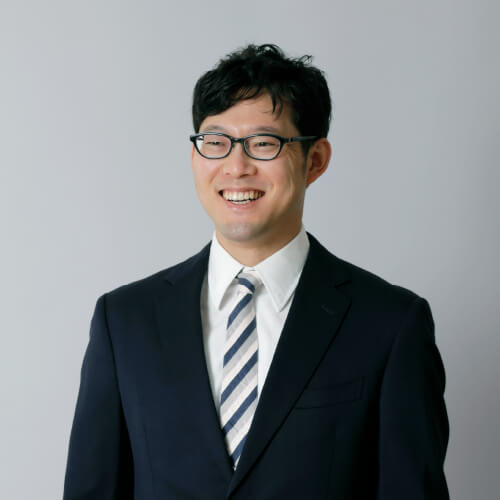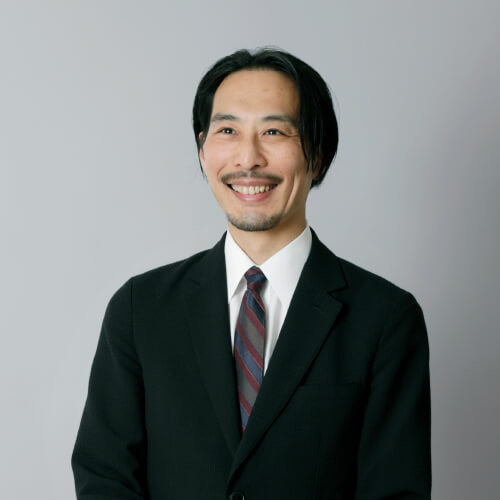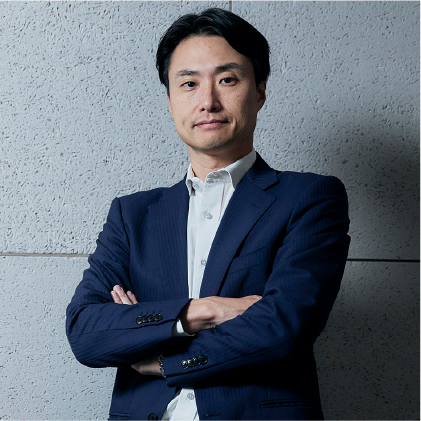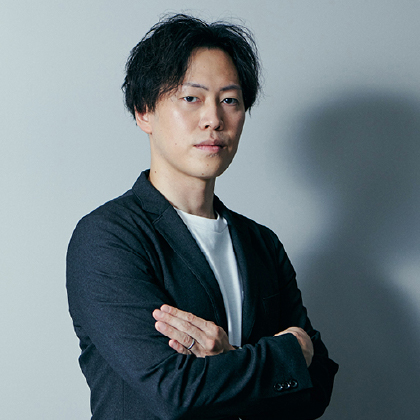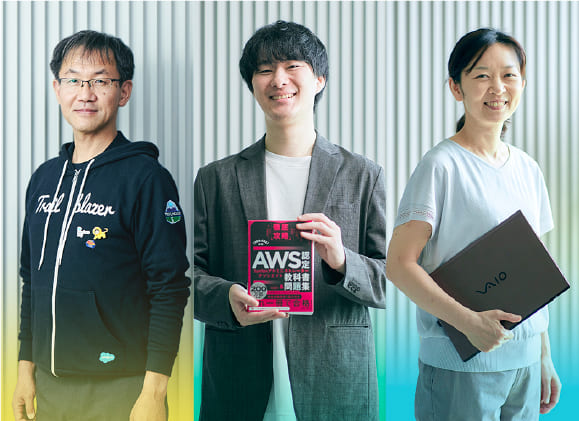N. Schneider
Joined the company in 2017
JMAG Business Company
I mainly completed curriculums in electrical engineering, from my bachelor’s degree until my PhD. I was also fortunate enough to study abroad in the US and the UK.
FEA simulation came later in my studies. Initially, I mainly used it as a tool for a better understanding of the magnetic behavior of electromagnetic devices. However, in my Master’s degree, I started using it seriously for the design of superconducting machines. Then I used it to improve bearingless machines during my PhD.
The innovation process of
electrification is
really exciting to me.
Could you tell us the reasons for
working for JSOL in Japan and
your career after joining us?
The main reason was that I was so attracted by the software which produced by JSOL.
When I was studying electrical engineering in my PhD, the poor FEA software we used always bothered me. It drove me baffling that FEA software, which is essential in modern electrical machine design, could be so inadequate. I thought it was like an obstacle to the innovation process of electrification. Therefore, being part of a company where I could help make electrical engineering easier was a great opportunity for me.
Currently, I am gradually shifting my focus from engineering to developing the JMAG software. I am supporting the JMAG team, including customer support and R&D.
At the moment, I am helping the development team by providing them with engineering inputs on the use of the software and our new functions that are under development.

It took me a while to get
used to the Japanese
language and culture.
What is the most difficult challenge
that you’ve had to face?
The major challenges were language and communication. Producing CAE tools requires expertise in a diverse range of fields, so a diverse team of experts needs to work together. The Japanese language may not be the easiest, and Japanese are not good at answering questions directly, especially saying "no". They may think "no" carries a negative emotion. Sometimes it made me confused, and it took me a while to get used to it. However, it is something that you can pick up quickly. We gradually closed the gap.

JSOL has a well-developed
support system.
It works a lot for me.
How did you overcome those difficulties?
In today's world, translation devices like Google Translate make it easy to overcome language barriers. Even if we are not fluent in each other’s language, we can communicate using translation tools. In addition, JSOL has made extensive efforts for us. They offer language courses and a help desk for international support . They also translate essential materials for us. The most important thing is that we work collaboratively, with respect for each other, to achieve our ambitious goals. We also believe that there is always something to learn from everyone around us.

JSOL’s technological
achievements served as
a humbling reminder of
the importance of
continuous learning.
How have your values changed
since you joined JSOL?
I have realized that my knowledge of FEA software is not as extensive as I thought. The complexity of its creation and usage has humbled me. However, this has made me more motivated to learn about these things.
Compared to the person I am today, I had very little understanding of this before.
I hope that someday my contribution to the world of FEA will have some impact on the way electrical engineering is done.





